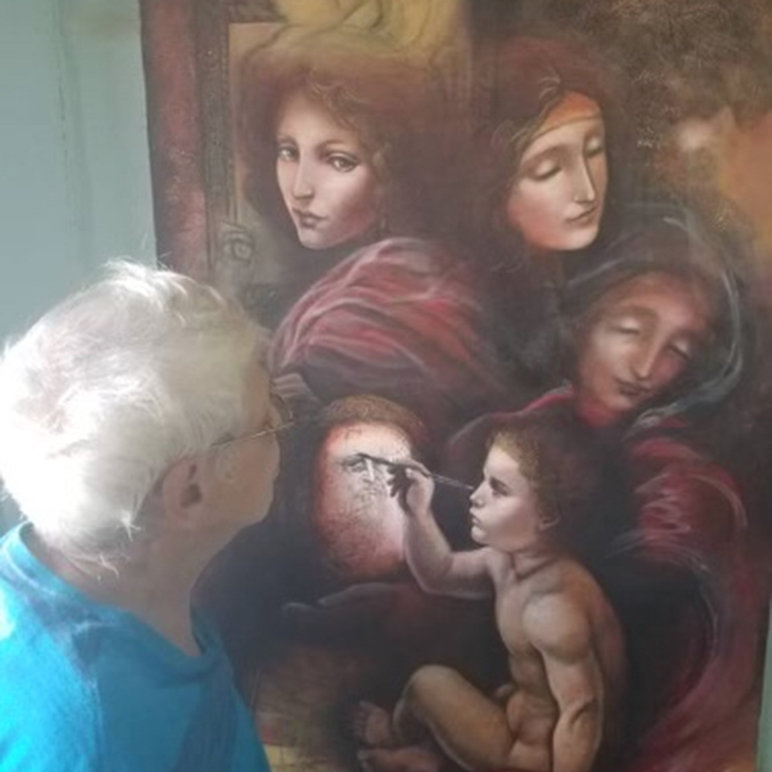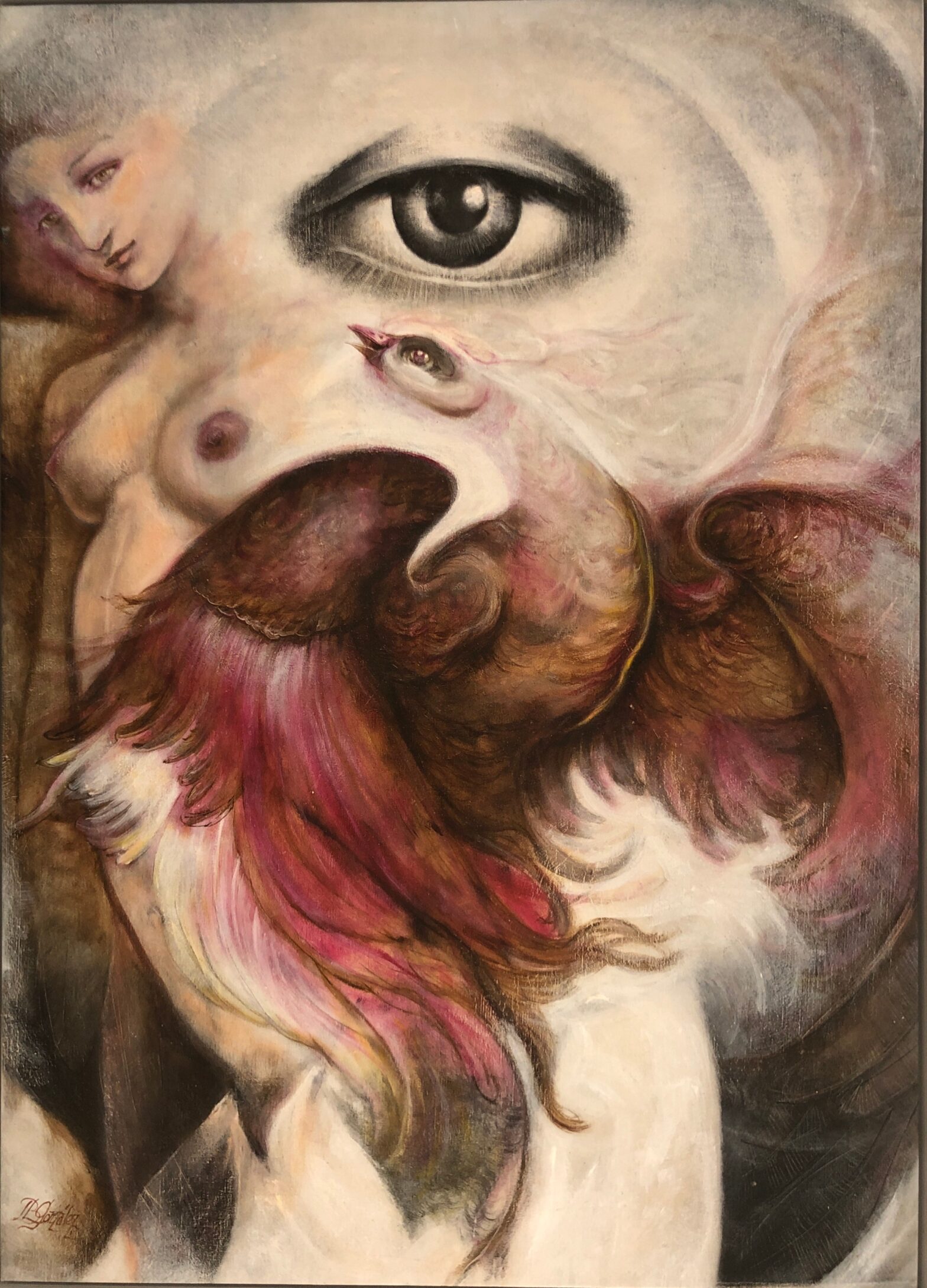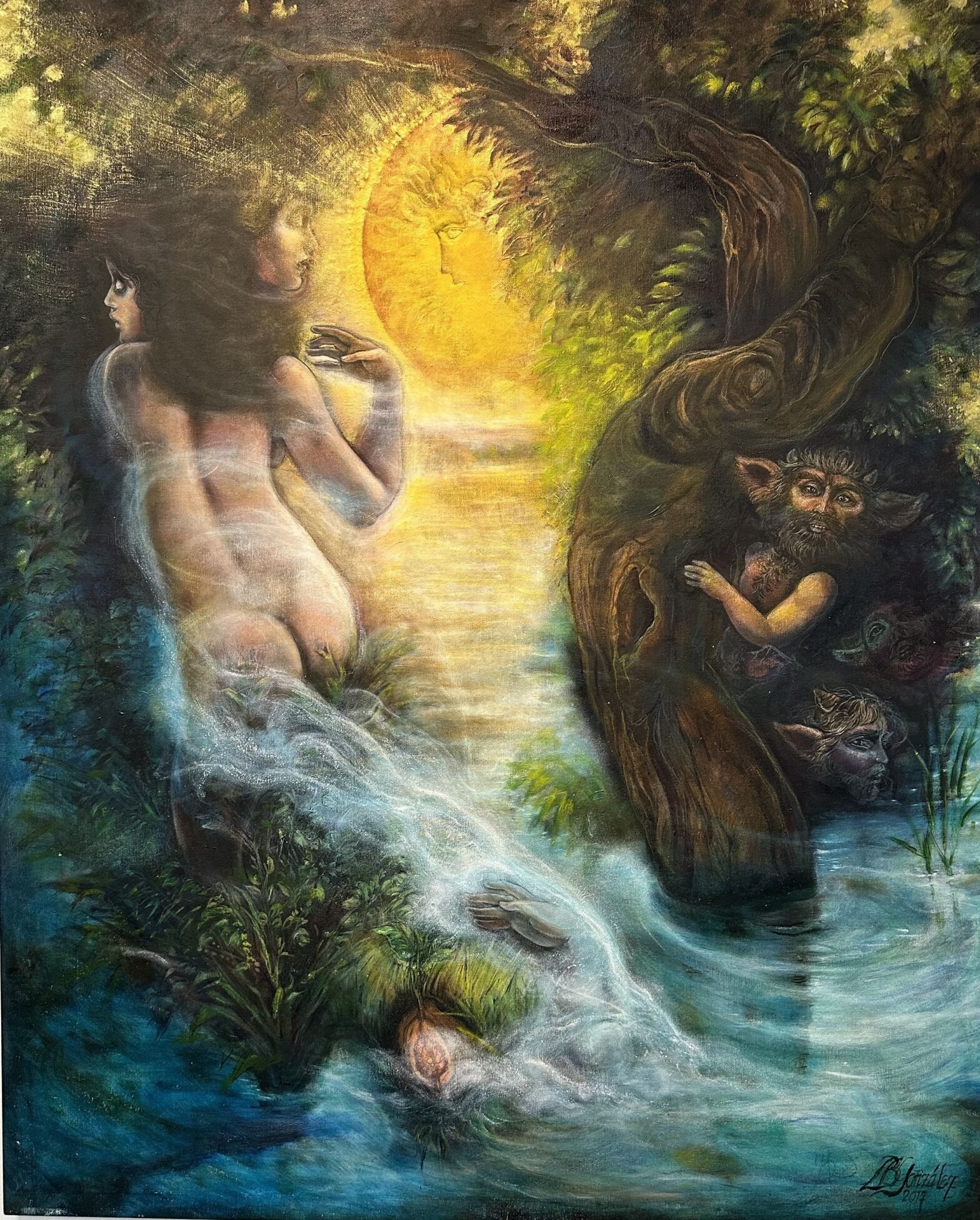
Dimas Bladimir González Linares is an Artemiseño who transformed into images some of the main books published in Cuba for the enjoyment of children and young people such as Sandokan, Once upon a time… and La flauta de chocolate, sure that drawing is one of the best forms of tell. Born in 1946 in Alquízar and relocated to Güira de Melena shortly after, this güireño at heart demonstrated his ease for drawing since he was a child when he filled pages and pages of notebooks with his creations, he declared in an interview with the Cuban News Agency. That constant interest in art, he said, led him to take the aptitude tests at the San Alejandro National School of Plastic Arts after he left the Military Service, graduating from that center as a Plastic Arts Instructor in 1972 and culminating his professional development. at the National School of Art (ENA) in 1974, a stage that allowed him to learn from many of the best Cuban painters and where he understood the magic of literary illustration.
After concluding his academic training at the end of 1974, he was given the opportunity to begin his professional life as part of the illustration team of Editorial Gente Nueva, a Cuban publishing label that emerged in 1967 and specialized in the publication of titles for children and young people. a world that trapped him and of which he is still a part. Since then, he explained, he has created illustrations for 451 works, highlighting Sakuntala by Kalidasa and Las Fábulas de Esopo, Negrita, by Onelio Jorge Cardoso; La Marcolina, by Ivette Vian Altarriba; Deep Wound, by Francisco Pérez Guzmán from Güir; The Black Corsair, by Emilio Salgari; The Vicomte de Bragelonne, by Alexandre Dumas; Tales from the Leafy Forest, by Nathaniel Hawthorne; and The Nibelungs, by Friedrich Hebbel.
Other better-known texts that bear his stamp are Once upon a time… (2001) and Old Golds (2003), by Herminio Almendros; The Chocolate Flute (2001), by Dora Alonso; Sandokan (2001) and Los náufragos del Liguria (2008), both by Emilio Salgari; Beauty and the Beast (2002), by Madame Leprince de Beaumont; The Diary of Anne Frank (2009) and the five-volume series on Mayans, Aztecs, Incas, Romans, and Egyptians, by Victor W. von Hagen The creator stressed that he prefers literature aimed at children and young people, although there is no shortage of texts for adults, due to the simplicity with which the story is told and even so, a message or teaching is always transmitted in a certain way for the little ones or narrate the greatest adventures, capable of taking you to any latitude on the planet, the deep sea and even the cosmos. He commented that he also feels a preference for poetry, although his work includes a large volume of narrative and theatrical proposals, due to the beauty of this literary style and its relationship with some of the main Cuban poets such as Dora Alonso and Excilia Saldaña.
Regarding drawing techniques, he stressed, he enjoys using them all, but experience has led him to favor the use of India ink on cardboard because of the possibility it offers him of using several layers of paint to create exactly the desired tone and the quality of the digital copy taken from the finished product for reproduction in books.
Today, at 75 years old, Bladimir is still a restless artist who questions the world around him and confessed that he is looking for new ways of doing things, now as curator of pieces at the Juan Manuel Sánchez Amat Municipal Museum, in Güira. This task, in addition to giving him a new purpose and reviving his spirit, he said, allows him to indulge in another of his passions: the restoration of historical pieces, a vital task for the preservation of history and inspired by his relationship with Eusebio Leal Spengler, the most recognized figure nationally and internationally for the restoration work of the capital



